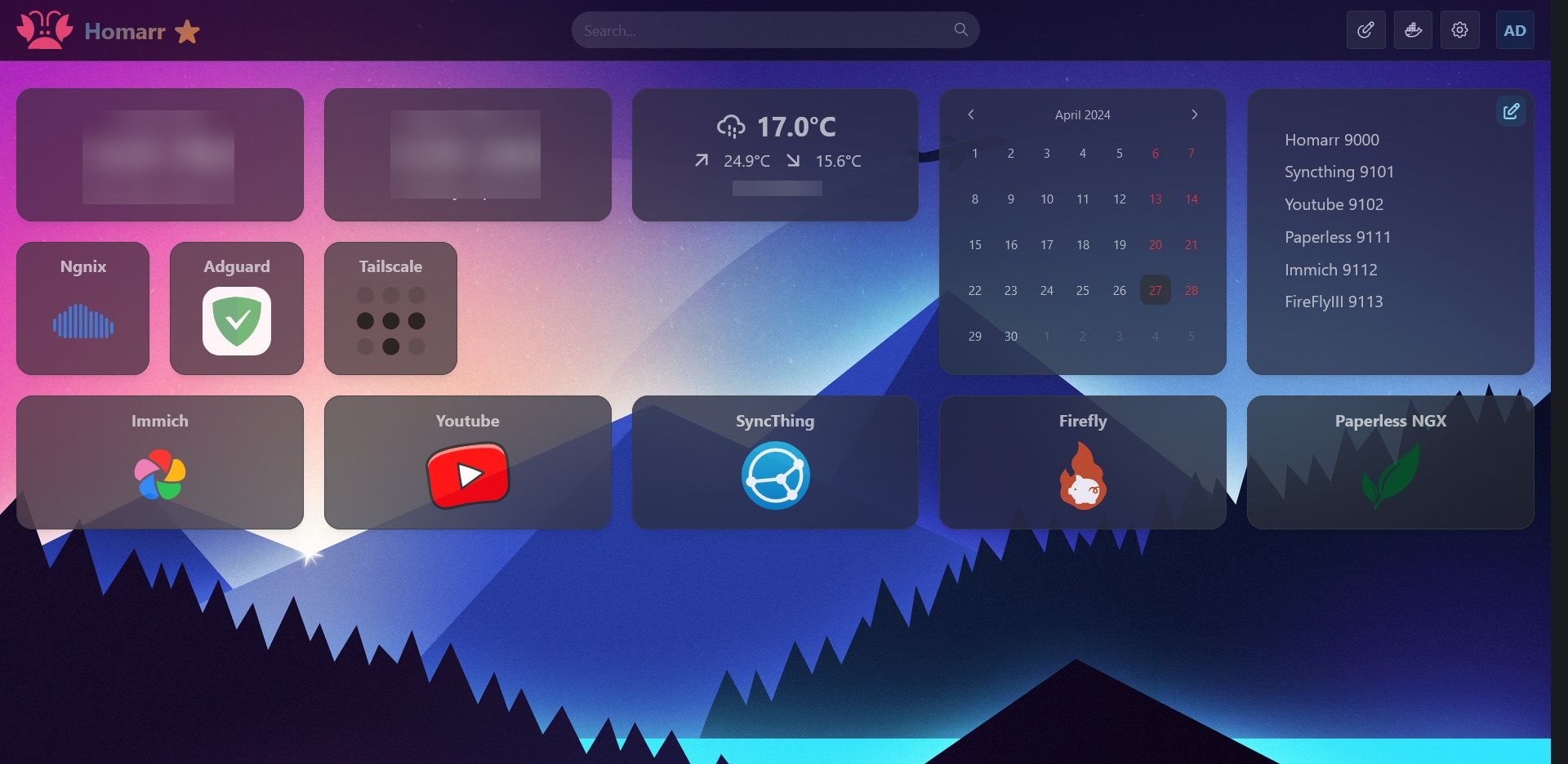Congrats on getting everything working - it looks great!
One piece of (unprovoked, potentially unwanted) advice is to setup SSL. I know you're running your services behind Wireguard so there isn't too much of a security concern running your services on HTTP. However, as the number of your services or users (family, friends, etc.) increases, you're more likely to run into issues with services not running on HTTPS.
The creation and renewal of SSL certificates can be done for free (assuming you have a domain name already) and automatically with certain reverse proxy services like NGINXProxyManager or Traefik, which can both be run in Docker. If you set everything up with a wildcard certificate via DNS challenge, you can still keep the services you run hidden from people scanning DNS records on your domain (ie people won't know that an SSL certificate was issued for immich.your.domain). How you set up the DNS challenge will vary by the DNS provider and reverse proxy service, but the only additional thing that you will likely need to set up a wildcard challenge, regardless of which services you use, is an email address (again, assuming you have a domain name).
